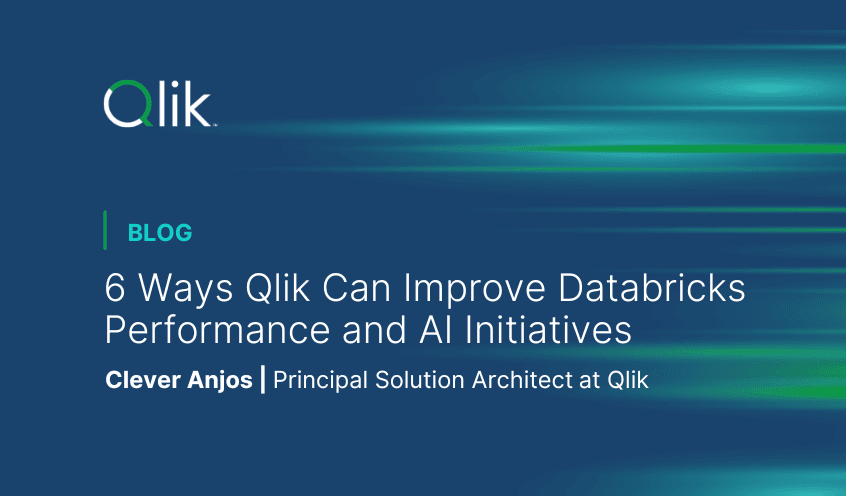Data engineers and architects are being asked to do more with their enterprise data than ever before. Yet, the knowledge gap between what businesses want to do with data and how they can accomplish it is growing daily—especially considering today's AI hype cycle. With all that noise in the market, it's easy to see how organizations struggle to keep pace with innovation. Qlik and Databricks have partnered to help bridge that gap by offering some real solutions that help architects and engineers meet growing business demands.
This blog summarizes the key insights from our Best Practices Technical Guide, which provides practical tips and techniques to help you get more out of your Databricks investment and improve the deliver and transformation of data into your analytics and AI initiatives.
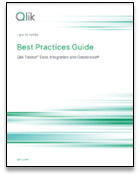
Automate Change Data Capture at Scale.
By automating Change Data Capture (CDC) across diverse data sources, companies can eliminate manual data extraction and streamline data movement to the Databricks Lakehouse Platform in real-time with schema evolution and transformation capabilities to make raw source data AI ready.Performance Optimization: File Size Configuration.
With Qlik Replicate, Change Data Capture, organizations can adjust the maximum file size (in MB) for data replication before loading it into a table. Configuring file sizes leads to improved performance during the initial full load. Databricks users can then experiment with ongoing replication file sizes and fine-tuning based on specific use cases.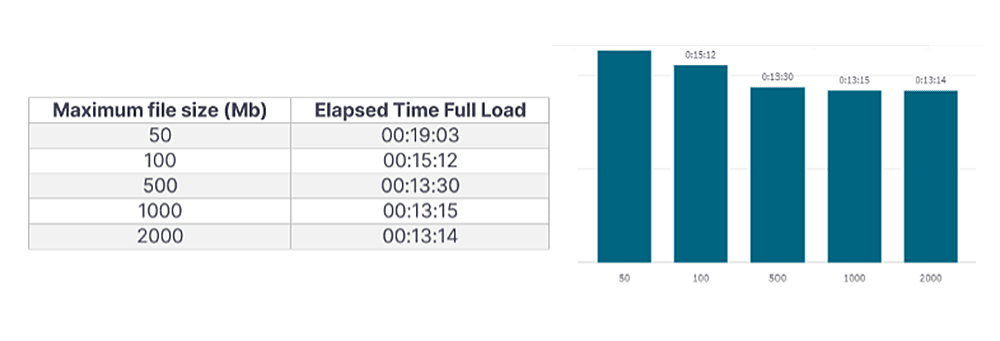
Partitioning Large Tables Maximizes Performance Value from Databricks.
Databricks provides the ability to partition Delta tables. It is recommended to partition large tables that could be a bottleneck in the application process.
Cluster Utilization – Not Partitioned
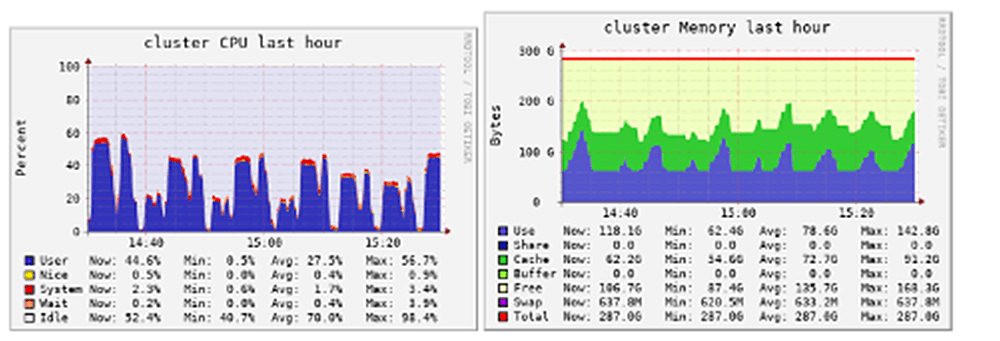
Cluster Utilization – Partitioned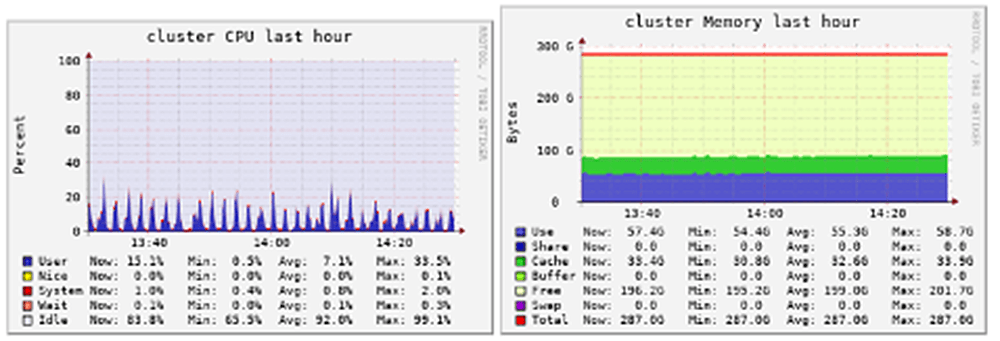
Auto-Optimize Options.
Fine-tuning efficiency with Qlik and Databricks, by configuring the cluster for optimal performance. Disable autoCompact and enable optimizeWrite. This configuration prevents latency issues and maximizes data query speed within Delta Lake. Schedule regular optimization to further enhance query speed and maintain peak performance.Autoscaling for Dynamic Workload Volumes.
Autoscale dynamic workload volumes by monitoring cluster performance and adjusting cluster configurations based on real-time usage and testing. This ensures optimal resource allocation and efficiency. This adaptive approach scales up or down to meet the demands of data integration tasks effectively.Tailoring SQL Warehouses with Qlik.
Qlik provides tailored recommendations for configuring SQL warehouses based on specific requirements such as network topology, latency, table structure, update frequency, and driver versions.
These are just a few of the complimentary attributes that Qlik and Databricks can deliver to your integrations. Learn how to implement the insights shared above by downloading the Qlik Cloud Data Integration with Databricks Best Practices guide. From transforming the ETL process to ELT, configuring clusters for maximum efficiency—and leveraging autoscaling capabilities, this guide shows practical steps you can take today to get more from your Databricks investment.
Download Qlik and Databricks Best Practices Guide
In this article:
Customer & Partner Spotlights











































